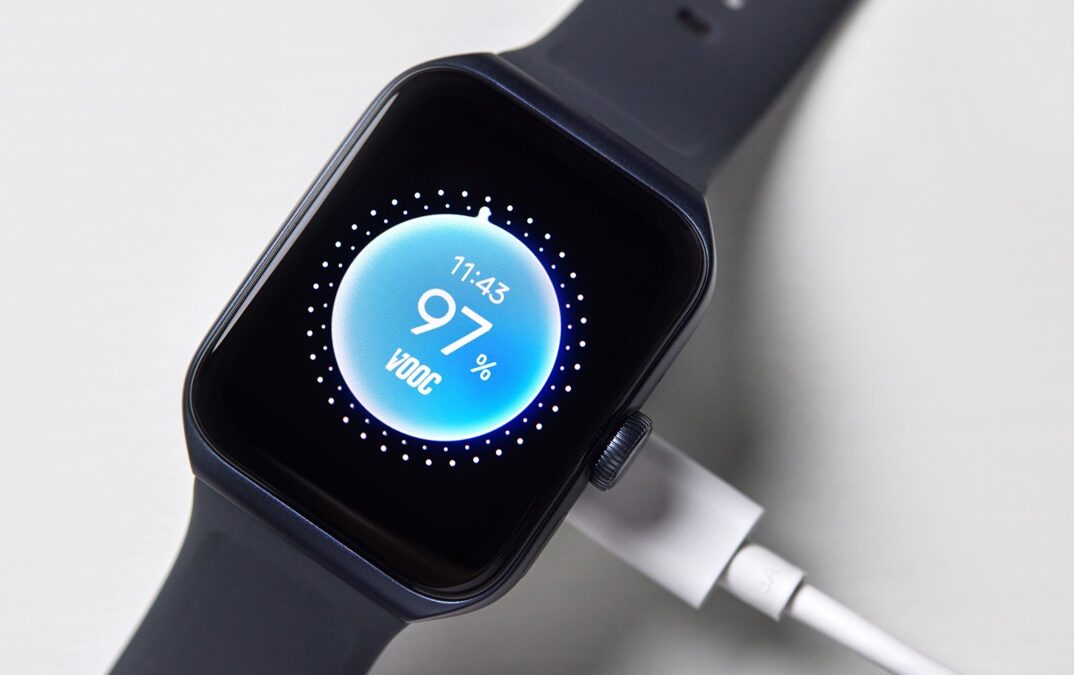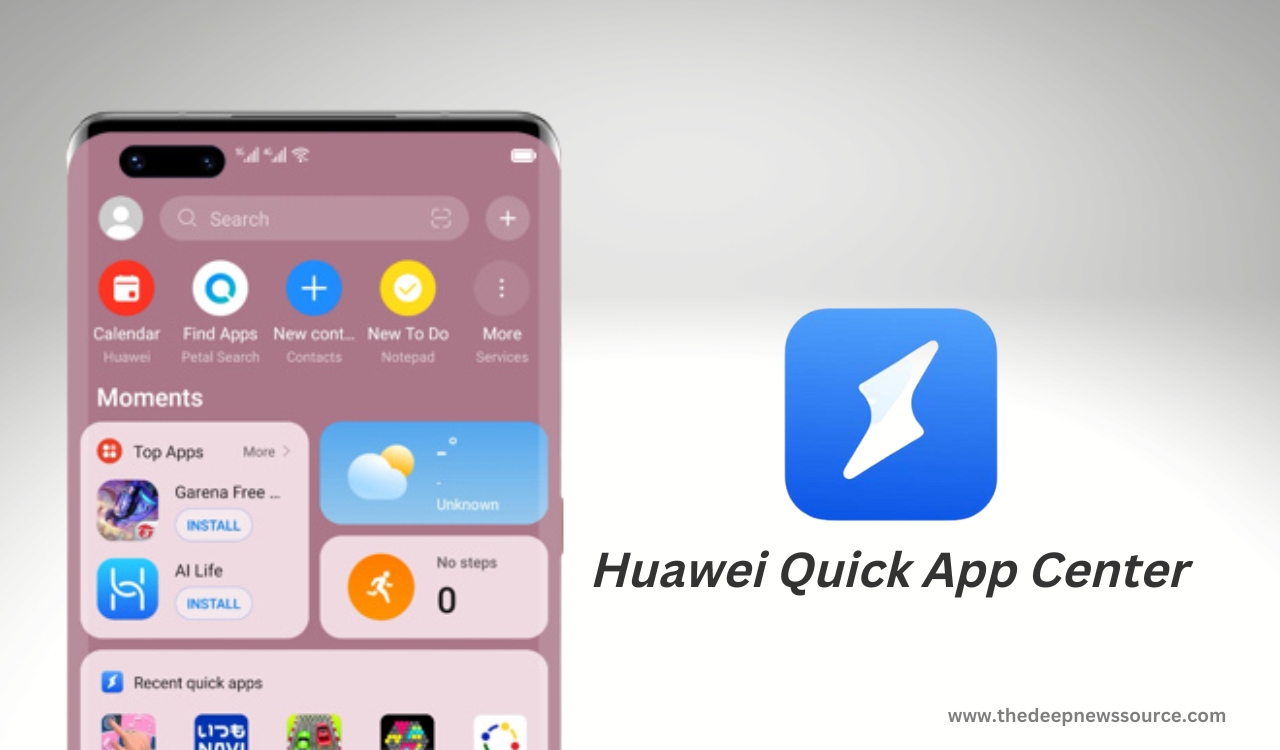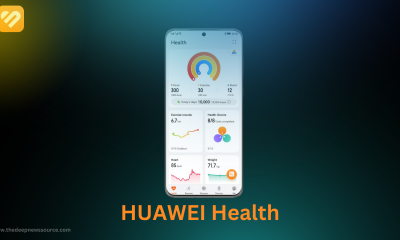News
OPPO Watch 3 series goes on sale today: the first Qualcomm Snapdragon W5 chip, starting from 1499 yuanOPPO Watch 3 series goes on sale today: the first Qualcomm Snapdragon W5 chip, starting from 1499 yuan

The OPPO Watch 3 series smartwatches were released on August 10 and were officially launched today, with a limited-time discount of 100 yuan for the first sale, starting from 1499 yuan.
-
OPPO Watch 3 1599 yuan;
-
OPPO Watch 3 (leather) 1699 yuan;
-
OPPO Watch 3 Pro 1999 yuan;
-
OPPO Watch 3 Pro (leather) 2099 yuan.
In terms of configuration, the OPPO Watch 3 series smartwatches are the first to launch the Qualcomm Snapdragon W5 Gen1 wearable platform (4nm process, quad-core 1.7GHz Cortex-A53 CPU, 1GHz Adreno 702 GPU) and Apollo 4 Plus (25% increase in drive screen bandwidth) dual-chip, supports UDDE dual-engine hybrid technology 2.0, and 1GB memory + 32GB storage.
DNS has learned that OPPO Watch 3 uses a 1.75-inch 372×430 AMOLED dial, 326ppi, 3D glass cover, 11.65mm thick, and weighs 31.9g; OPPO Watch 3 Pro uses a 1.91-inch 378×496 resolution LTPO full-surface flexible Screen (minimum 1Hz refresh rate), 326ppi, peak brightness 1000nit, with C-shaped 3D glass cover, thickness 12.75mm, weight 37g.

In terms of battery life, OPPO Watch 3 uses a 400mAh battery, which can last up to 4 days in a typical scenario in full smart mode, with a charging time of 60 minutes. It supports VOOC watch flash charging and can be used for 24 hours after charging for 10 minutes; OPPO Watch 3 Pro is equipped with a 550mAh battery. 5 days of battery life, 65 minutes of charging time, and 24 hours of use after 10 minutes of charging.
In other respects, OPPO Watch 3 Pro is equipped with an ECG sensor, supports vascular health research function, can realize 24-hour all-weather heart rate monitoring, 24-hour irregular heart rhythm monitoring, continuous blood oxygen monitoring, full-scene sleep guard, supports GPS, NFC, Independent eSIM, Bluetooth 5.0, 5ATM waterproof, equipped with ColorOS Watch 5.0 system, provides hundreds of sports modes, has an exclusive customized tennis mode, and also newly upgraded running mode, as well as detailed designs such as mechanical vibration rotating crown.
News
Samsung Expands DIY Repair Program to Include Galaxy S23, Z Fold 5, Flip 5, and More

Samsung is making it easier for users to fix their devices by expanding its DIY repair program. In a recent announcement, Samsung shared that over a dozen new devices will be included in the Self-Repair program. Among them are the Galaxy Z Fold 5 and Galaxy Z Flip 5, marking the introduction of DIY repair options for Samsung’s foldable phones.
The Self-Repair program will provide users with access to parts and guides for fixing their devices at home. Samsung [Samsung Newsroom Post] is taking a step towards empowering users to take control of their device maintenance, offering support for popular devices like the Galaxy Z Fold 5 and Galaxy Z Flip 5 in this latest expansion.
Until now, Samsung mainly provided DIY repair options for its regular smartphones, tablets, and laptops. However, when it came to the more intricate foldable models like the Galaxy Fold and Flip, the company limited users to professional repair services due to the complexity of these devices.
Now, in a noteworthy move, Samsung is expanding its DIY repair support to include its foldable models, starting with the Galaxy Z Fold 5 and Galaxy Z Flip 5. This means users will soon have the option to tackle repairs at home, marking a shift in Samsung’s approach to empower users in maintaining and fixing their foldable devices.
This development follows Google’s recent introduction of DIY repair options for its Pixel Fold, though it’s worth noting that repair parts for the Pixel Fold can be relatively expensive, such as the inner screen alone costing $900. As Samsung joins the DIY repair trend for foldables, it’ll be interesting to see how this impacts the accessibility and affordability of maintaining these innovative devices.
The full list of new Self-Repair options for Galaxy devices includes:
- Galaxy Z Fold 5
- Galaxy Z Flip 5
- Galaxy S23
- Galaxy S23+
- Galaxy S23 Ultra
- Galaxy S23 FE
- Galaxy A05s
- Galaxy Tab S9
- Galaxy Tab S9+
- Galaxy Tab S9 Ultra
- Galaxy Tab S9 FE
- Galaxy Tab S9+ FE
- Galaxy Tab A9
- Galaxy Tab A9+
- Galaxy Book 2 Pro (15-inch)
- Galaxy Book 2 Pro 360 (15-inch)
Samsung is making its Self-Repair program available to more people around the world. The program is spreading to South Korea and over 30 European countries, including places like Denmark, Greece, Hungary, and Portugal. However, it’s important to note that, as of now, these new devices are not yet supported in the United States, and parts are not available from Samsung’s retail partner, iFixit.
via:- 9to5google/samsungnewsroom/ifixit
Huawei
Huawei Quick App Center gets the latest version 13.5.1.201 [APK]

Huawei has recently revamped its pre-installed applications, including Huawei Health, Huawei Assistant, and AppGallery. The latest update introduces the Huawei Quick App Center, marking a significant change. This update reflects Huawei’s commitment to enhancing user experience and providing streamlined access to applications.
The latest update for the Quick App Center app comes with version number 13.5.1.201 and the installation size is 74.01 MB. With this new update, the company has fixed some known issue bugs. For a better app experience, you should install this latest build on your Huawei devices, below you can check the download link.
SOFTWARE INFORMATION:-Application name:
Update Version:
Update Size:
|
DOWNLOAD LINK:-
| Huawei Quick App Center V13.5.1.201 APK |

HUAWEI QUICK APP CENTER:-
As per the official introduction, the Huawei Quick app Center allows users to use and manage apps without installation. Also, this application provides the feature to create the app shortcut on your device’s Home Screen. The best part of the Quick app is that it takes up very little space on your device and it has been updated automatically to increase your work experience.
| Telegram | Google News | TwitterX |
Harmony OS
HarmonyOS NEXT Lands in 2024: Huawei CEO Sets Big Goals

Huawei’s big boss just hinted at exciting new things for their software in 2024! Expect fresh products built on their latest HarmonyOS NEXT system.
During the Fan Club (Pollen) Annual Conference 2023, Yu Chengdong announced that Huawei plans to reveal several advanced products next year. He also predicted the launch of HarmonyOS NEXT products and improved native application experiences in 2024.
The CEO didn’t share when exactly the new software and native applications would be released, but we can anticipate the official reveal to happen in early 2024.
Huawei needs to make HarmonyOS fully independent and essential without relying on Android libraries soon. Hopefully, the company will speed up its efforts in the coming days.
Many app developers, such as Alipay, McDonald’s, HiPaint, Bank of Communications, and others, have joined native app development for HarmonyOS. The goal is to create a strong app ecosystem independent of Android and iOS.
Huawei is set to offer HarmonyOS-based courses, with approval for 55 projects and over 10 universities planning to launch these courses soon.
Huawei plans to introduce apps in more than 18 categories, focusing on digital and financial sectors. According to Yu Chengdong, these native HarmonyOS applications aim to be smoother, smarter, safer, and more comprehensive compared to iOS and Android.







